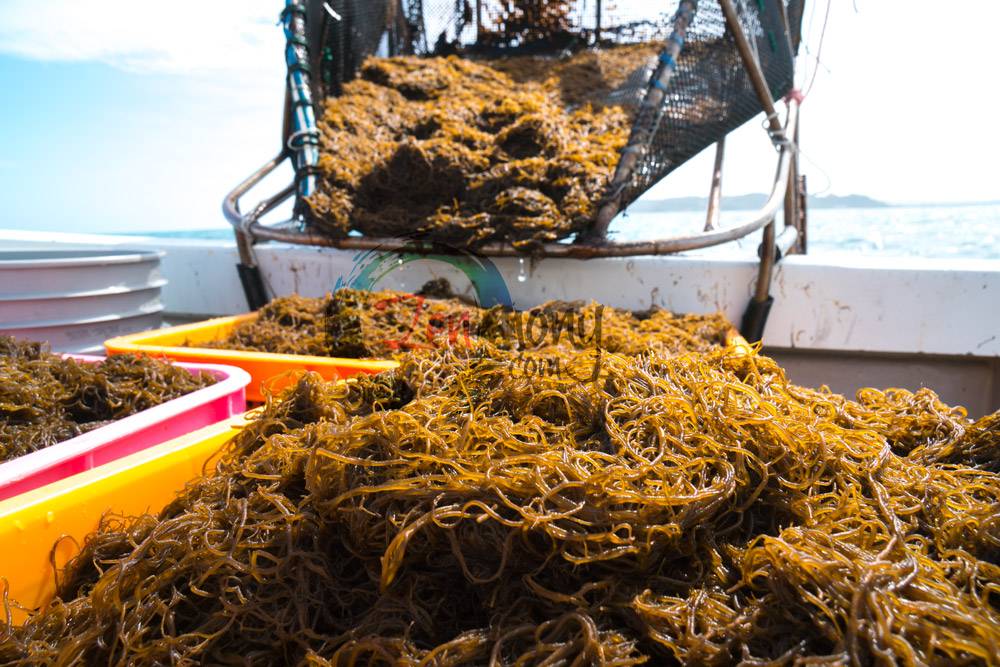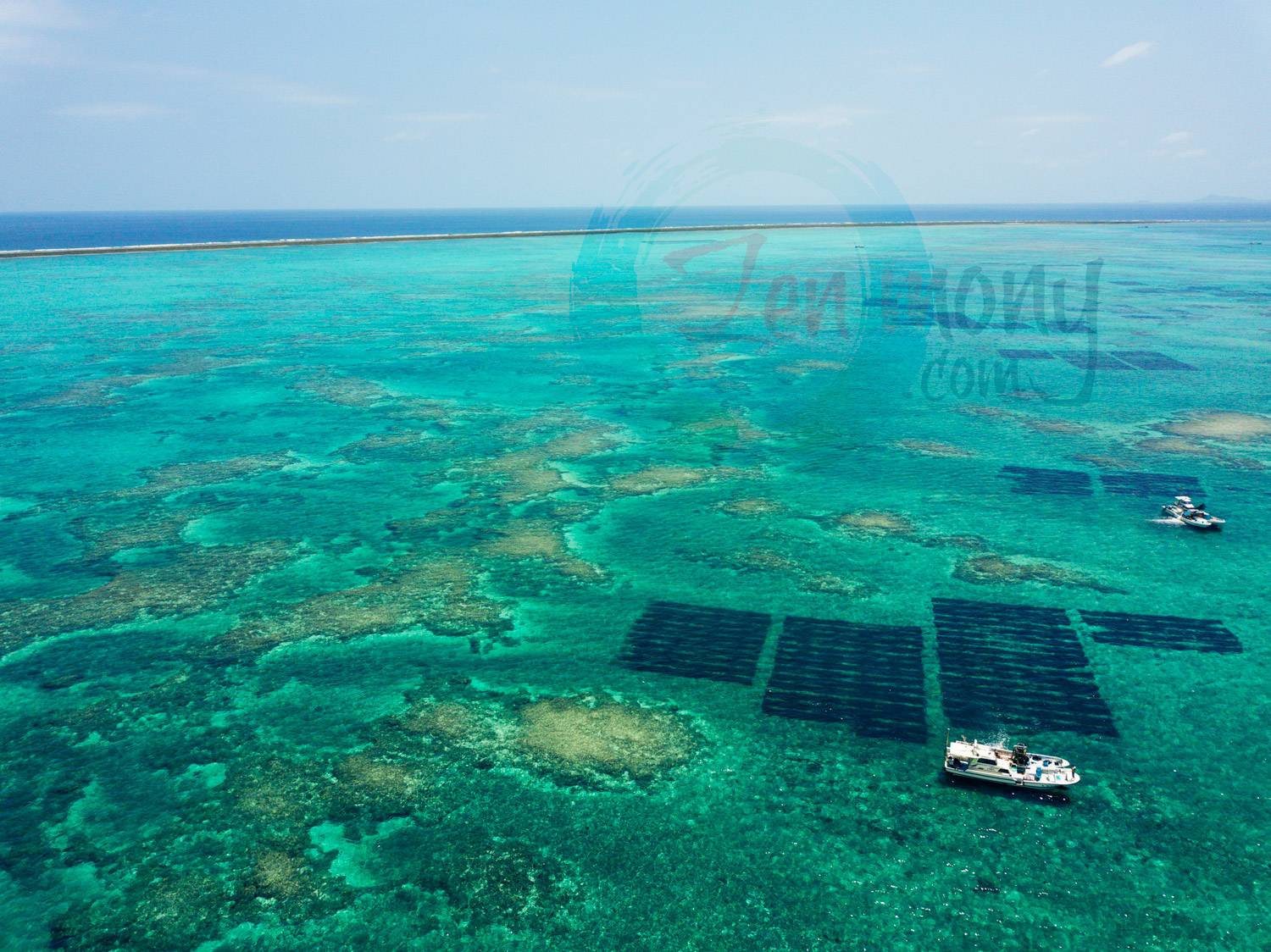| 2015 | APR | |||||||
| 2014 | JUL | OCT | DEC | |||||
| 2013 | JAN | FEB | APR | MAY | JUN | JUL | AUG | SEP |
| 2012 | SEP | OCT | NOV | DEC |
Okinawan Longevity Secrets: Seaweeds

 Seaweeds such as mozuku ("sunui" in Okinawan, "Cladosiphon ocamuranus" in Latin), hitoegusa (Okinawan: "aasa"), ibaranori (Okinawan: "moi"), umibudou or "sea grape" (Okinawan: "kubiretsuta") are often found in the Okinawan seas and are widely used in Japanese cuisine. Kombu (Okinawan: "kuubu", Latin: "Laminaria japonica") is the most frequently consumed seaweed in Japan, including Okinawa. This is surprising considering that it isn’t found in the warm sub-tropical Okinawan sea-water. The reason why kombu, primarily cultivated near the northern island of Hokkaido, is so loved by the Okinawan people and used in so many Okinawan dishes lies in Okinawan history. During the Ryukyu Kingdom period, Okinawa had a very close relationship with China. Kombu was one of China’s major exports at that time and so it was introduced into Okinawa. However, nowadays Okinawans mostly use kombu from Hokkaido. After soaking dried kombu in water for some time, it is boiled and cooked in various ways. Okinawan people from the Ryukyu Kingdom period didn’t know about dietetics, but from the perspective of modern nutritional science, the combination of kombu, rich in plant fiber and amino-acids, and low-fat pork, often found in Okinawan cuisine, seems ideal. In Okinawa, people boil pork for a long time, changing the water several times, removing most of the fat.
Seaweeds such as mozuku ("sunui" in Okinawan, "Cladosiphon ocamuranus" in Latin), hitoegusa (Okinawan: "aasa"), ibaranori (Okinawan: "moi"), umibudou or "sea grape" (Okinawan: "kubiretsuta") are often found in the Okinawan seas and are widely used in Japanese cuisine. Kombu (Okinawan: "kuubu", Latin: "Laminaria japonica") is the most frequently consumed seaweed in Japan, including Okinawa. This is surprising considering that it isn’t found in the warm sub-tropical Okinawan sea-water. The reason why kombu, primarily cultivated near the northern island of Hokkaido, is so loved by the Okinawan people and used in so many Okinawan dishes lies in Okinawan history. During the Ryukyu Kingdom period, Okinawa had a very close relationship with China. Kombu was one of China’s major exports at that time and so it was introduced into Okinawa. However, nowadays Okinawans mostly use kombu from Hokkaido. After soaking dried kombu in water for some time, it is boiled and cooked in various ways. Okinawan people from the Ryukyu Kingdom period didn’t know about dietetics, but from the perspective of modern nutritional science, the combination of kombu, rich in plant fiber and amino-acids, and low-fat pork, often found in Okinawan cuisine, seems ideal. In Okinawa, people boil pork for a long time, changing the water several times, removing most of the fat.
Mozuku is a seaweed that is grown in Okinawa. In recent years, it has become famous around the world as a source for multiple fucoidan health products. Mozuku is harvested from April to June in Okinawa and is preserved with salt through the rest of the year. Excess salt is easily removed with running water, and then the mozuku is usually served with a vinegar or cooked as tempura (deep-fried in batter).
While freshly picked aasa (Japanese: “hitoegusa”) and moi (Japanese: “ibaranori”) are available only in early spring, in dried form they are eaten all year. Moi finds its use in soups with tofu (soybean curd), tempura seasoned with greens, and even in sweets. Umi budou ("sea grape") is a delicacy seaweed primarily harvested near Miyakojima Island. Its delicate vines are strewn with small beautiful green beads giving it a unique appearance. It is often called “green caviar” because of its appearance and high price. It is eaten seasoned with vinegar. Please have a look at our fucoidan products.
Check out similar products here


